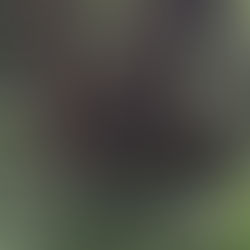Early spring clean at Spurrell's Wood
- Jane Williams
- Jan 23, 2023
- 3 min read
On January 19th a dozen of us braved the cold and frosty start, and followed Val and Trevor to the far end of the wood with all the equipment for the day, for the briefing on the morning's activities.
The main focus was to inspect all the bird boxes in the wood to check they were still serviceable, repair or replace them if not, clean out any old nests and record what was in them. Another important job was to help Ed our professional tree surgeon clear a fallen branch blocking a path. Additionally we wanted to start creating multi layered habitat through pollarding and continue with the dry hedging around the main central area of the wood.

The nest box inspectors worked in pairs, one to inspect the boxes, climbing ladders where required, and a partner to record the data. Roger was on hand to replace ones that were no longer serviceable. The boxes are a mix of low, medium and high, and small medium and large holes or open front, and there are also specialist boxes such as for Treecreepers. Access to some of the boxes was a bit of a challenge due to height, being surrounded by brambles and fallen branches and how they were placed on the tree with regards to leaning a ladder safely. Carrying ladders over the dry hedge and through brambles and low hanging branches was also interesting!
In the end we managed to inspect the contents of 58 boxes. A very few couldn't be checked as they were nailed together not screwed, and four got missed and were left for another time. Three had to be replaced and a few had to be refastened to trees or have their tops refixed. 16 looked like they'd been nested in, while another 11 had had some evidence of nests being started or having been used for roosting. One box seemed to have been used by a squirrel and others by mice, and one had a splendid spider in residence.


Cleaning the box was a matter of hand in and scooping out whatever was in there. Some boxes had woodpecker damage around the holes, and where the rest of the box is OK this can be addressed with a metal plate around the hole. All the boxes that were inspected were ticked with chalk, numbers were added to the new boxes and the 'box map' updated.
Over on the north side of the wood the fallen branch was dealt with, clearing the restricted access over the Gur and on into the wonderful tangled habitat the other side, creating safe access for our species monitors. Once this was done Ed was able to do some pollarding on the south side. Although this looks a bit drastic at the moment, the trees should reshoot in the spring. The aim of pollarding is to allow more light to reach the ground flora, and create multilayering of the habitat in the wood by adding a layer between the scrub and canopy, which should improve biodiversity - in line with our charitable purpose.


There was nearly a 'tools down' moment at the break when Trevor announced there were no doughnuts, but the strike was averted by the replacement sugar hit of giant cookies. Wildlife highlights were 3 Woodcock along the southside, presumably unhappy with all the activity and a Roe Deer also making its way out of the wood.
Another very enjoyable day and more good work completed for the local wildlife.
Stu Buck
January 20th 2023































Comments